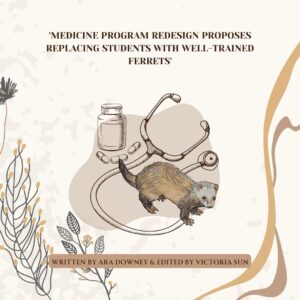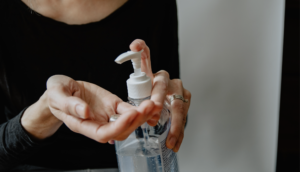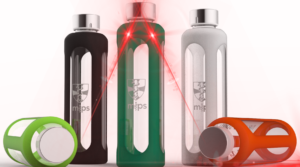
by Sean Zhuang | ed. Fazila Olaniyan
One early morning, Mary Kellerman, a 12-year-old girl, awoke with a throbbing headache and a sore throat. Her parents gave her extra-strength Tylenol (akin to Panadol) and she fell back to sleep. Less than one hour later, she was dead.
Multiple deaths started occurring across Chicago: Adam Janus, a 27 year old postal worker died after taking Tylenol. His brother and sister-in-law who rushed to his home experienced painful headaches and both took Tylenol. Hours later, they were also dead. Witnesses recounted the horrific scenes of people stumbling to the floor with violent convulsions.
The entire nation was shocked; investigators scrambled to determine the source of the mysterious deaths. Had it just been a string of coincidences? Was there something wrong with the air or water? Did they all have sudden allergic reactions to Tylenol?
Forensics showed that Mary had elevated levels of potassium cyanide, a highly toxic substance to the human body. Identical tests were performed on Adam and his relatives; the same levels of potassium cyanide were found. It didn’t take long for investigators to piece two and two together. A nationwide panic ensued. Volunteers went door to door, warning people about taking Tylenol, and police cars broadcasted the news across neighbourhoods.
At the same time, police were hard at work trying to determine how cyanide got into the Tylenol bottles in the first place. The culprit was found in many pharmacies, where the pill bottles had been tampered and laced with a dose of cyanide. Johnson and Johnson immediately issued a recall of more than 31 million bottles of Tylenol.
However, their work was not finished yet; the mystery of where the cyanide was introduced continued to plague them. They searched manufacturing plants, but to no avail. The tainted bottles had different batch numbers at different facilities. It was only possible then, to turn their heads to the bottles themselves, after leaving the factory. The bottles had been bought, laced and then returned for unsuspecting victims.
The Tylenol murders, as they became known, pushed for modern pill packaging that we see today. Back in the 80s, pills came in screw lid bottles with gelatin capsules that could be easily taken apart and tampered with. Johnson and Johnson worked from the ground up, redeveloping pill packaging from scratch.
They started with breakable seals that indicate whether a bottle had been opened. A quick yet effective way for consumers to verify.
Induction seals were the next step: had someone broken into the bottle, a heat sealed liner would prevent access to the pills inside.
Additionally, pills became “capsules” or caplets that could not be opened and laced with a contaminant.
An extra step of protection was introduced later on called shrink bands. Thin plastic strips that are melted onto packaging and are impossible to reassemble after opening.
To this day, no culprit has been charged for the murders and it is likely that he remains among us today, serving as a reminder of the deaths that prompted safer medication packaging for billions of people.














































































































